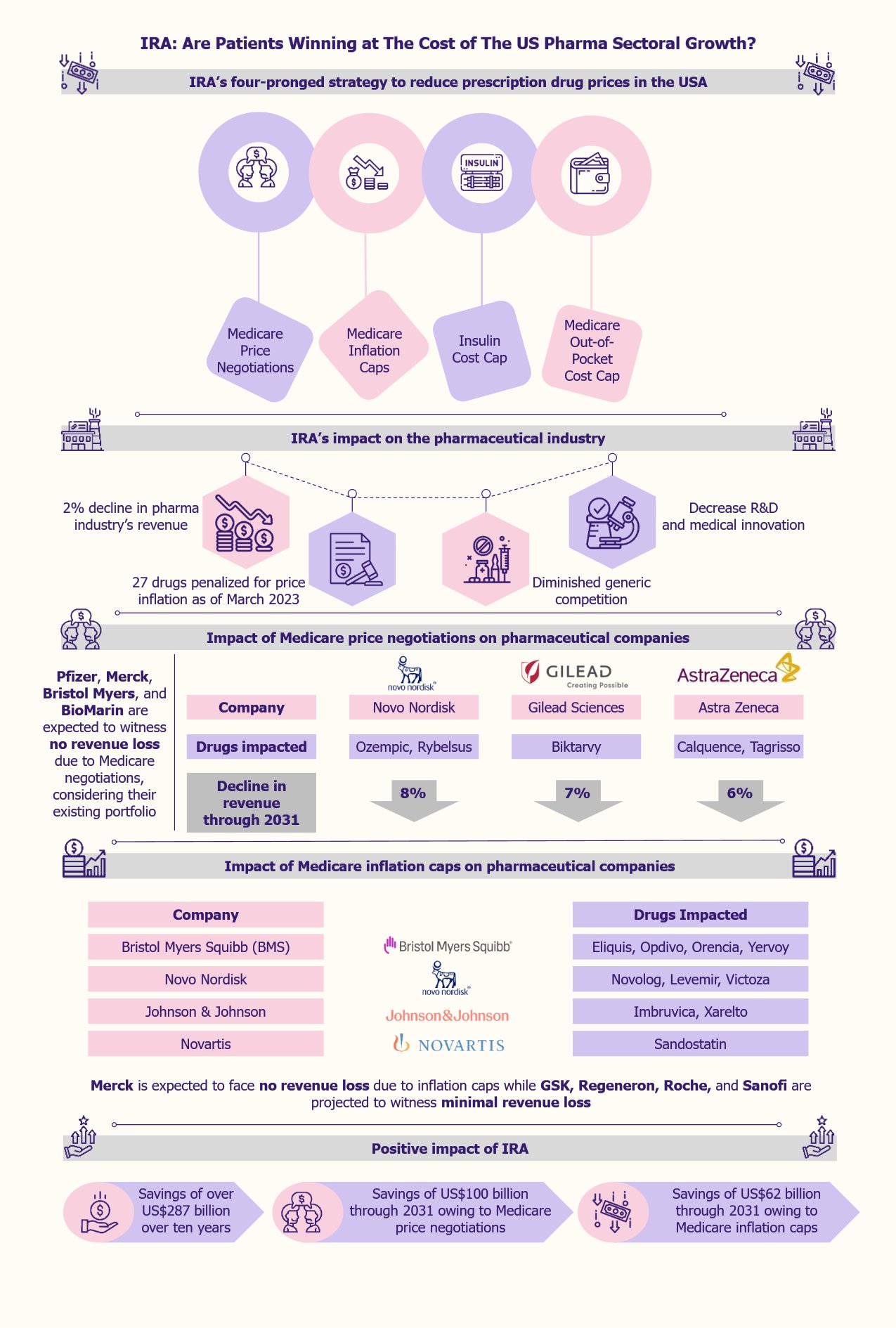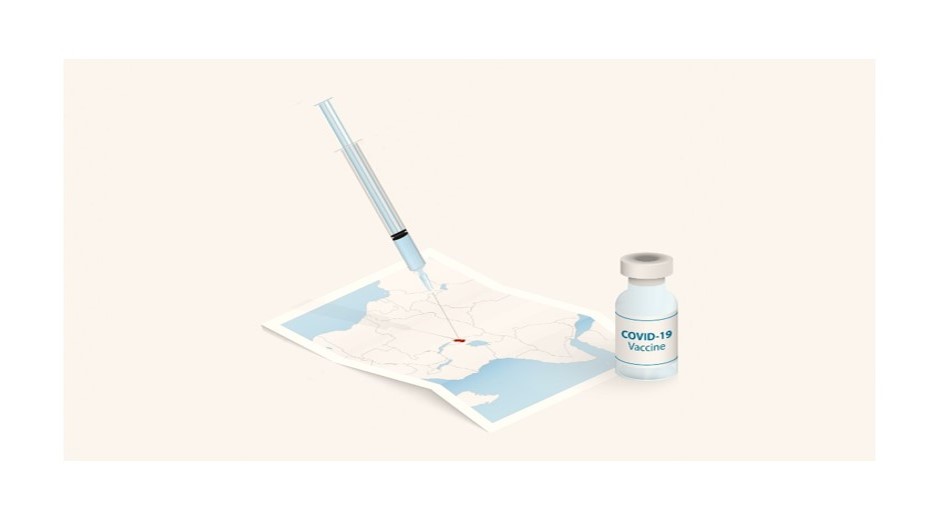Around three-fourths of dementia cases continue to remain undiagnosed even though the incidence of Alzheimer’s disease (AD) is rapidly growing across the globe. AD affects about 60-80% of dementia patients worldwide. Early diagnosis of AD is critical in forging beneficial medical care strategies and enhancing patient outcomes. Current AD diagnostic tests, such as cerebrospinal fluid (CSF) and PET scans, are either invasive or associated with side effects and are generally expensive. This calls for developing less invasive, safer, faster, and more accurate AD diagnostics, such as blood tests.
Blood-based tests promise accurate and non-invasive AD diagnosis
Researchers are developing less invasive and less costly blood tests that are likely to be more accurate than contemporary tests. There are currently two types of AD diagnostics blood-based tests: the phosphorylated tau217 (ptau217) test and the amyloid beta (Aβ) 42/40 plasma ratio test.
The ptau217 biomarker has the potential to differentiate AD from other neurodegenerative diseases, as ptau217 levels can be high in AD patients before the onset of clinical symptoms. Studies have proved that ptau217 tests can detect AD early on and monitor disease progression.
The Aβ 42/40 plasma ratio tests detect amyloid beta protein plaques in the brain that cause cognitive impairment. Due to the lack of a certified reference standard for measuring plasma Aβ42 and Aβ40’s absolute values, ptau217 may be better than an amyloid beta ratio test. However, both tests are accurate enough to diagnose AD.
Notably, ptau217 blood tests are believed to give up to 95% accurate results when coupled with CSF tests as against 90% accuracy of CSF when used as a standalone method. At the same time, amyloid beta (Aβ) 42/40 ratio tests are known to give around 80% accuracy in detecting amyloid positivity.
Many laboratories and diagnostic companies have designed or are designing ptau217 assays. C2N Diagnostics, Quanterix, Quest Diagnostics, and Laboratory Corporation of America (LabCorp) offer ptau217 laboratory-developed tests (LDTs).
Low cost of blood-based AD tests can also be a growth-driving factor
A major push towards blood-based AD diagnostics comes from the tests’ lower cost in comparison to PET and CSF. The cost of blood tests typically ranges from US$200 to US$1,500, depending on the test provider.
The cost of PET ranges from US$1,200 to US$18,000, while the average price of CSF tests is around US$4,000 (in both cases, the actual cost depends on the type of facility, location, and the extent of insurance coverage).
As of 2023, Medicare and Medicaid covered PET scans for AD in the USA outside clinical trials. Therefore, AD patients need to pay around 20% of the PET cost, which translates to US$240-US$3,600, even after insurance coverage.
Considering the high share of dementia and AD cases remaining undiagnosed, there is a chance that the lower cost of blood-based tests can help contribute to higher accessibility to testing and ultimately improve the early detection rate.
Large AD diagnostic players partner with smaller ones to develop new tests
In an attempt to develop ptau217 assays, major diagnostics companies tend to recognize the development progress made by smaller players. ALZpath, a novel AD diagnostic solutions provider, is the pioneer of the ptau217 antibody, which helps in the early detection of the disease. Large players such as Roche and Beckman Coulter are enticed by the synergistic opportunities ALZpath offers.
In June 2024, Roche partnered with ALZpath, an early-stage biopharmaceutical company specializing in AD diagnostics, to launch the plasma ptau217 In-Vitro Diagnostic (IVD) test. As per the partnership, Roche will use ALZpath’s ptau217 antibody to design and commercialize an IVD test to detect AD with the help of Roche’s Elecsys platform.
In July 2024, Beckman Coulter also partnered with ALZpath to utilize ALZpath’s proprietary ptau217 antibody to detect AD on Beckman Coulter’s DxI 9000 Immunoassay Analyzer.
AD diagnostics firms receive funding from various sources, including drugmakers
Constantiam Biosciences, a bioinformatic analysis firm, received a US$485,000 Phase 1 SBIR grant (Small Business Innovation Research) from the National Institute on Aging to develop a tool for deciphering risk variants pertaining to AD and related dementias (AD/ADRD) in September 2024.
Biogen and Eli Lilly invested in the Diagnostics Accelerator, a funding initiative started in 2018, at the Alzheimer’s Drug Discovery Foundation (ADDF) in 2020. The Diagnostics Accelerator has invested over US$60 million across 58 projects, most of which are blood tests. In its Q4 2023 earnings call, Biogen emphasized its support for developing tau biomarker diagnostics and pathways. Its partner, Eisai, has invested around US$15 million in C2N Diagnostics and collaborated with IVD companies such as Sysmex, among others. In September 2024, ADDF invested US$7 million in C2N Diagnostics to further develop blood-based AD detection tests.
Other investors have also identified the opportunities AD diagnostic offers. A 2024 market research report by Market Research Future estimated that the AD diagnostic industry would nearly double, from US$4.5 billion in 2023 to US$8.8 billion in 2032.
FDA stands as an accelerating force for blood-based tests via breakthrough device designation
For a while now, the FDA has been granting breakthrough device designation (BDD) to devices that could address life-threatening diseases with unmet medical needs. BDD facilitates the expedited development, review, and assessment of medical devices, ensuring quicker access for patients and medical professionals. It would not be too ambitious to conclude that strong positive evidence from several uses and studies of ptau217 tests is likely to compel the FDA to approve them for use in the near future. The first sign of this is that the FDA is granting BDD status to multiple ptau217 blood tests.
In March 2024, the FDA granted BDD to Simoa ptau217 by Quanterix. This blood test can detect AD in patients with cognitive ailments even before signs and symptoms start to appear.
In April 2024, the FDA gave BDD to Roche’s Elecsys ptau217 plasma biomarker test to augment early diagnosis of AD. Roche partnered with Eli Lilly to develop this blood test that will widen and accelerate AD patients’ access to diagnosis and suitable medical attention and care.
In early 2019, the FDA gave BDD to C2N Diagnostics’ blood test to detect AD. The BDD status of AD blood tests will likely accelerate the development, review, and assessment processes of these tests, improving patient outcomes.
Some FDA-approved AD drugs have used blood tests in clinical trials. Eli Lilly’s Kisunla and Esai/Biogen’s Leqembi have successfully utilized C₂N Diagnostics’ Precivity-ptau217 blood biomarker in their clinical trials. The FDA approved both drugs to manage AD. This improves the chances of this blood test getting approved by the FDA.
Lumipulse G β-Amyloid 1-42 Plasma Ratio test by Fujirebio Diagnostics received BDD from the FDA in 2019. The company submitted an FDA filing for the Lumipulse G ptau217/β-Amyloid 1-42 Plasma Ratio IVD test in September 2024. If approved, this test will become the first commercially available blood-based IVD test in the USA to detect AD.
EOS Perspective
There has been considerable progress in developing blood-based assays for AD diagnosis by pharma and diagnostics companies. However, a good portion of the liability for their products not reaching market readiness faster lies (and will probably remain to lie) on the approving authorities that are unable to accelerate the administrative steps.
Some blood tests, such as PrecivityAD, are approved for safe use in the EU but are still not in the USA. While such approval is typically a time-consuming process and requires a thorough investigation, the blood tests will enter the market at a larger scale across several geographies only if the authorities fast-track their approvals. This is particularly applicable to blood tests previously successfully used in clinical trials for approved AD drugs and for tests that have already attained BDD status from the FDA.
As an example, PrecivityAD by C2N Diagnostics received BDD status in 2019 from the FDA. However, the FDA has still not approved the blood test for safe use in the USA. This is still despite the fact that PrecivityAD and other C2N Diagnostics’ assays have been utilized in over 150 AD and other research studies across the USA and abroad. FDA’s time-consuming and lengthy review procedures and bureaucratic reasons are some of the factors responsible for the delay in approval. In addition to this, C2N Diagnostics needs to submit some more evidential data pertaining to the accuracy of PrecivityAD, which is likely to take time to produce.
These procedural and administrative impediments, along with the time taken by the device makers to present the data to the FDA, will likely continue to put a brake on the blood-based tests becoming available to patients in the near future.
The situation will remain so, given the FDA’s recent decision to regulate new LDTs involving diagnostic tests that use body fluids such as blood, saliva, CSF, or tissue on similar lines as medical devices (meaning LDTs must comply with the same standards as medical devices). As per this regulation, LDTs need to prove the accuracy of their tests. This decision will have both winners and losers in the AD stakeholder ecosystem.
Researchers and physicians are looking at this regulation with a positive stride as this step will reduce the number of tests with unconfirmed accuracy from the market in the USA. This is undoubtedly a positive change for patients’ safety, reducing the number of misdiagnoses and accelerating correct diagnoses.
On the other hand, smaller start-ups and diagnostic companies are not likely to benefit from this decision as it will restrict the development of new innovative tests vis-à-vis large diagnostic companies. Overall, the decision will likely decelerate the approval of blood-based AD tests or at least will require much more paperwork and proof of accuracy from the device makers. This decision will take effect in multiple phases over four years, starting from July 2024.
On the research and development side of the Alzheimer’s disease diagnostics space, a certain level of symbiosis between drug producers and diagnostic solution providers will continue to impact the market positively. Drugmakers are partnering with or investing in diagnostic companies to leverage the latter’s innovative blood-based biomarkers (BBBM) technologies in the clinical trials of their own drug candidates. This trend is likely to continue.
Not only drugmakers but also more prominent healthcare diagnostics companies, such as Roche and Beckman Coulter, are partnering with early-stage biopharmaceutical companies, such as ALZpath, to develop and commercialize AD ptau217 tests. Collaborations such as these are a testimony to the fact that it is mutually beneficial for AD industry stakeholders to work in tandem to advance AD diagnostics research, a significant growth-driving factor for the market.



















